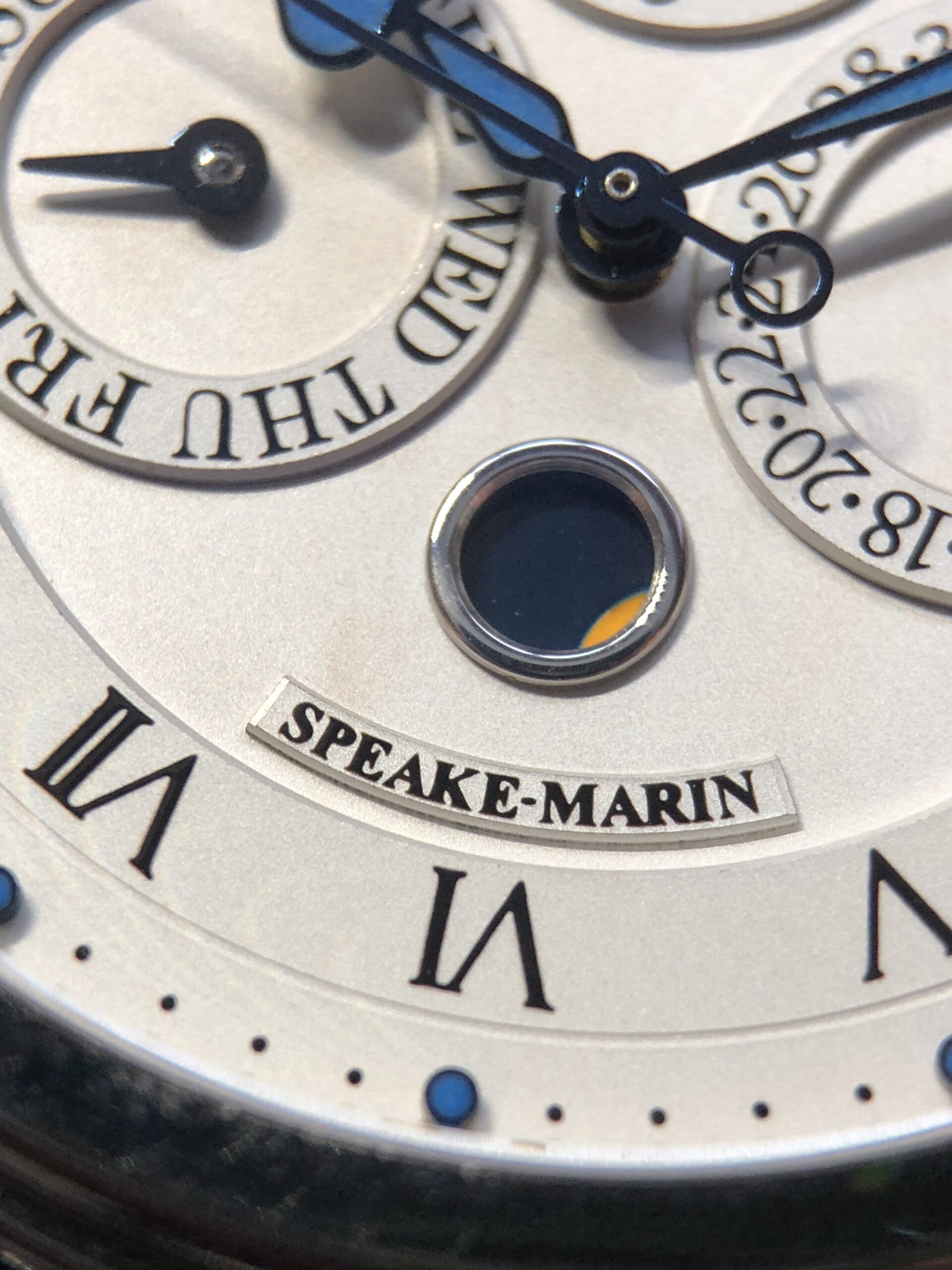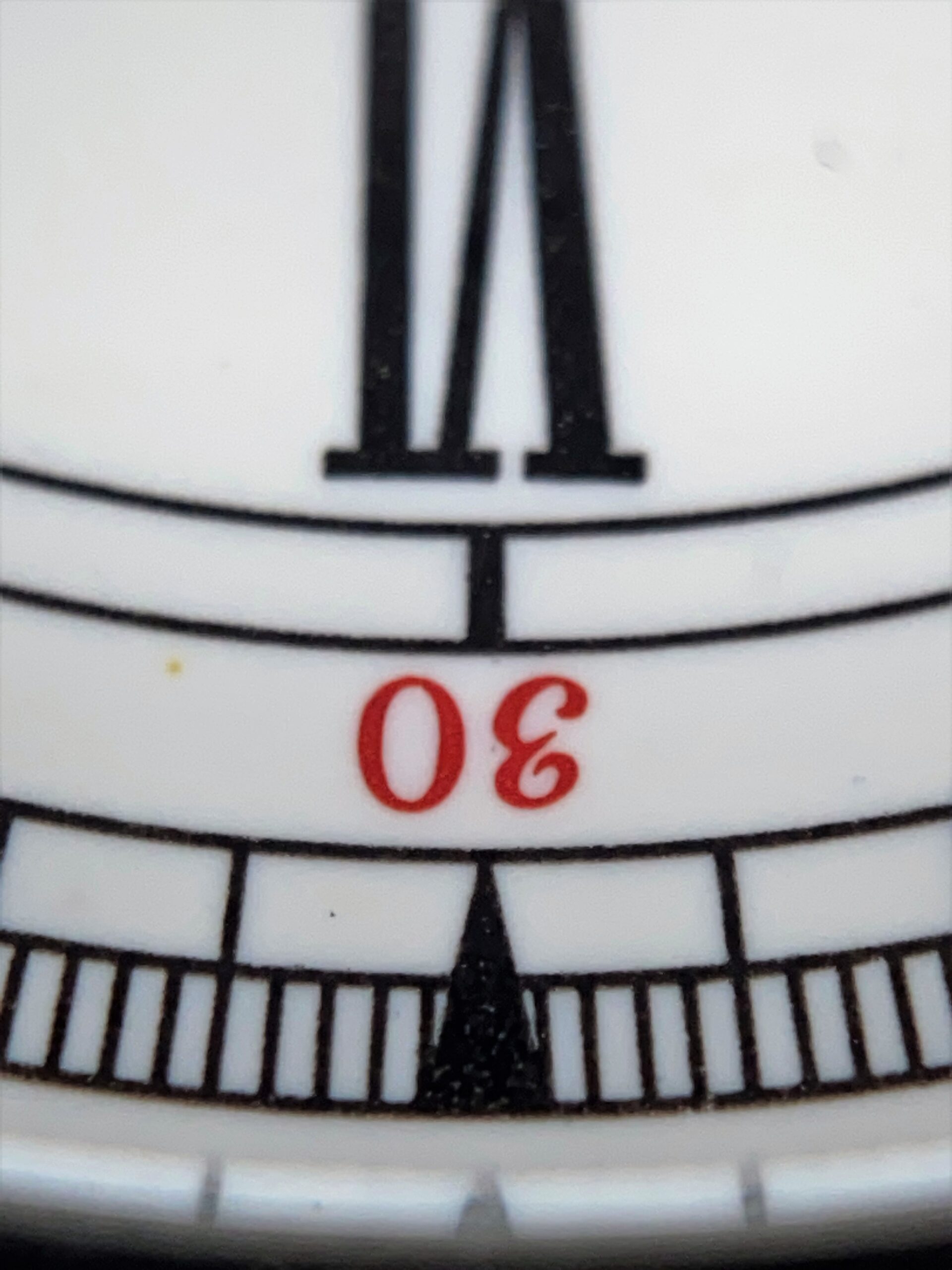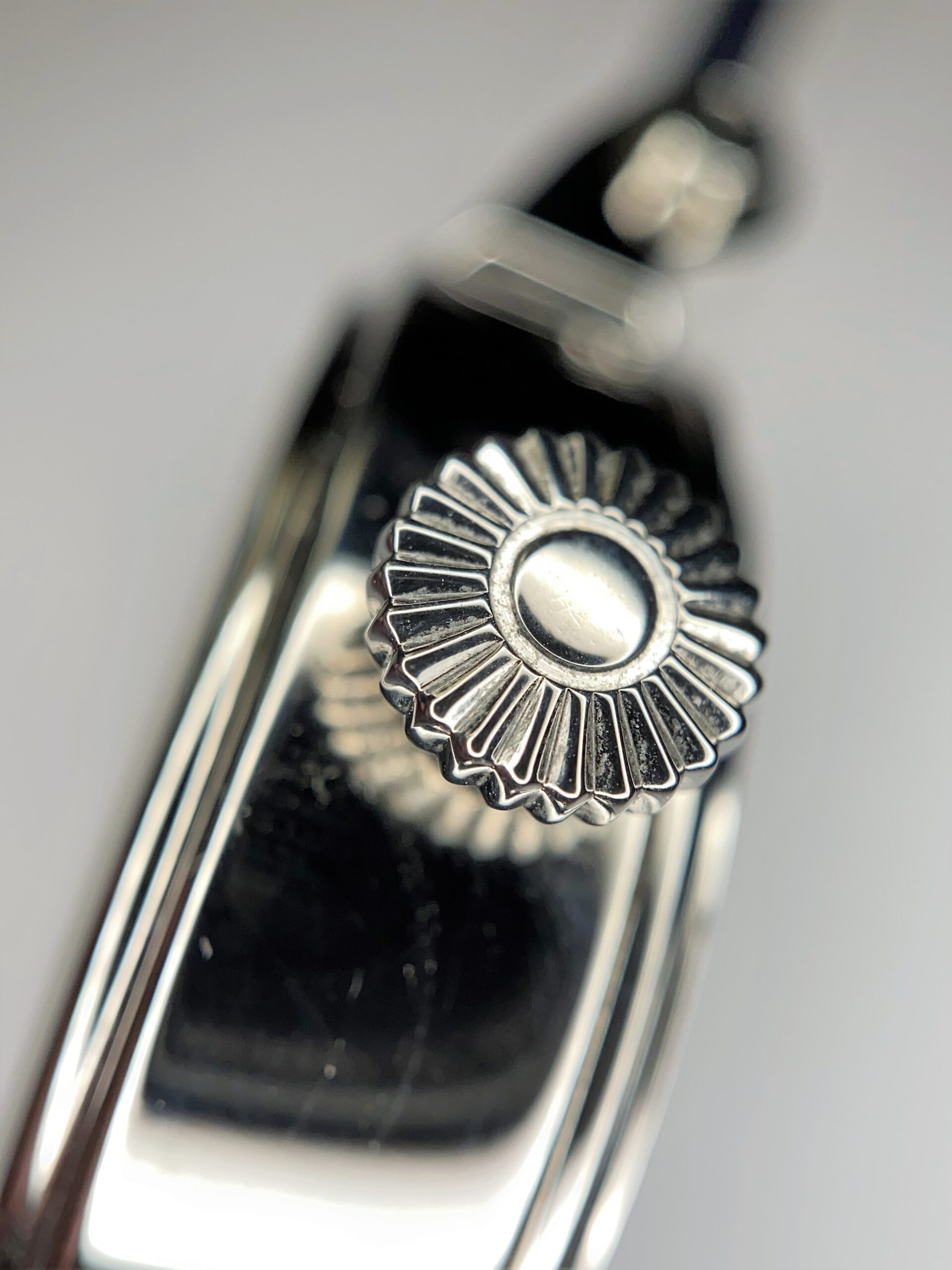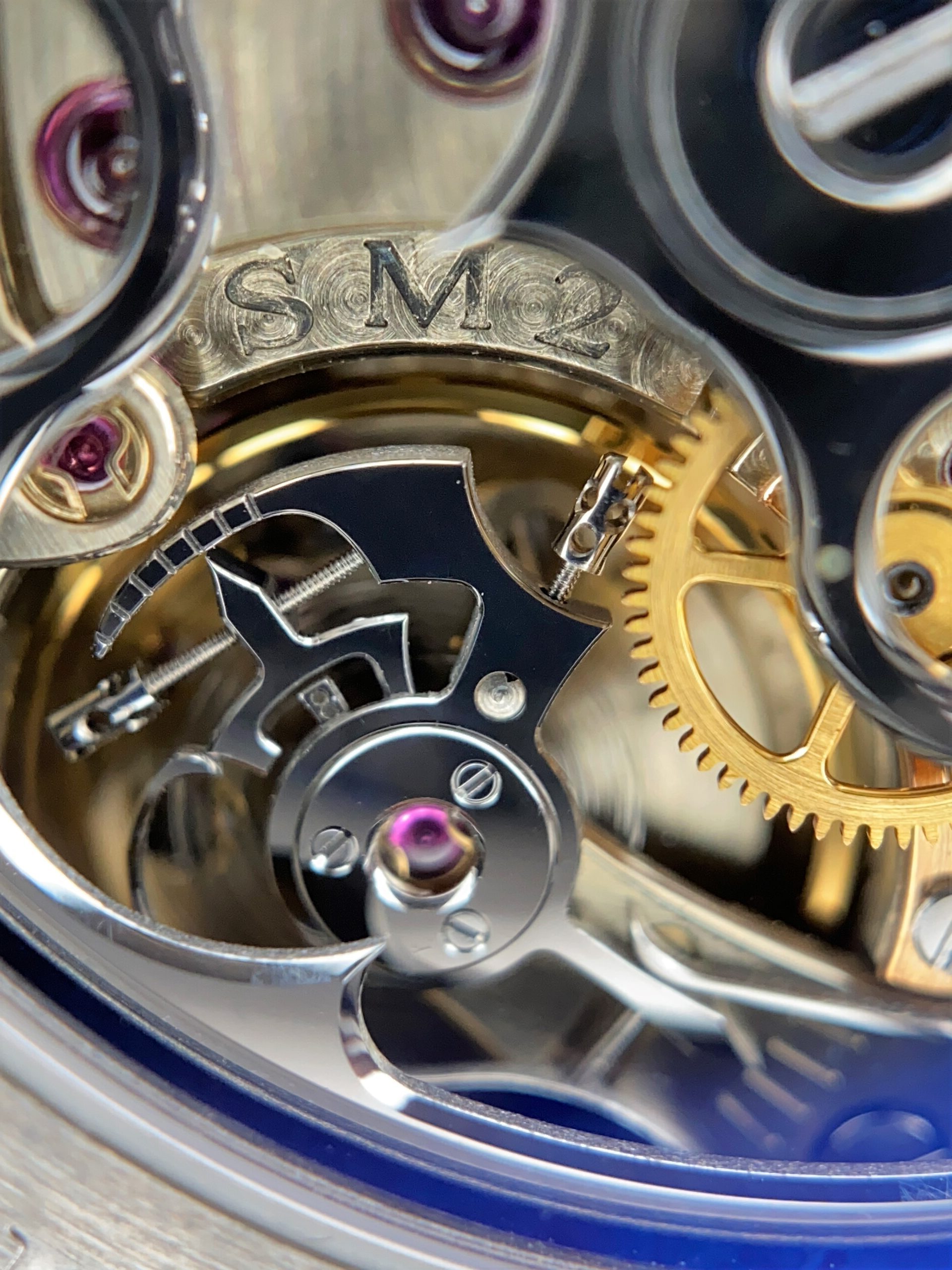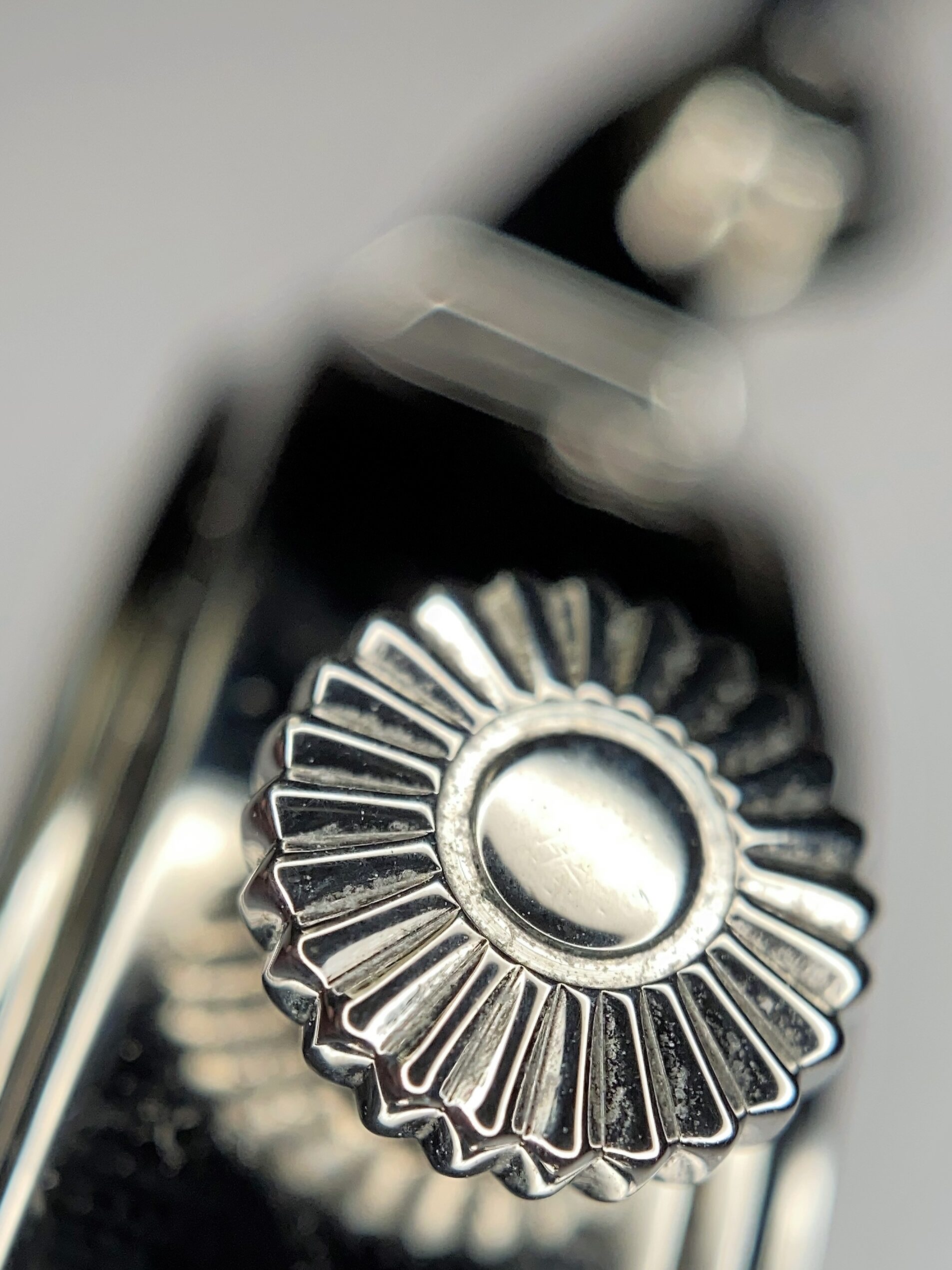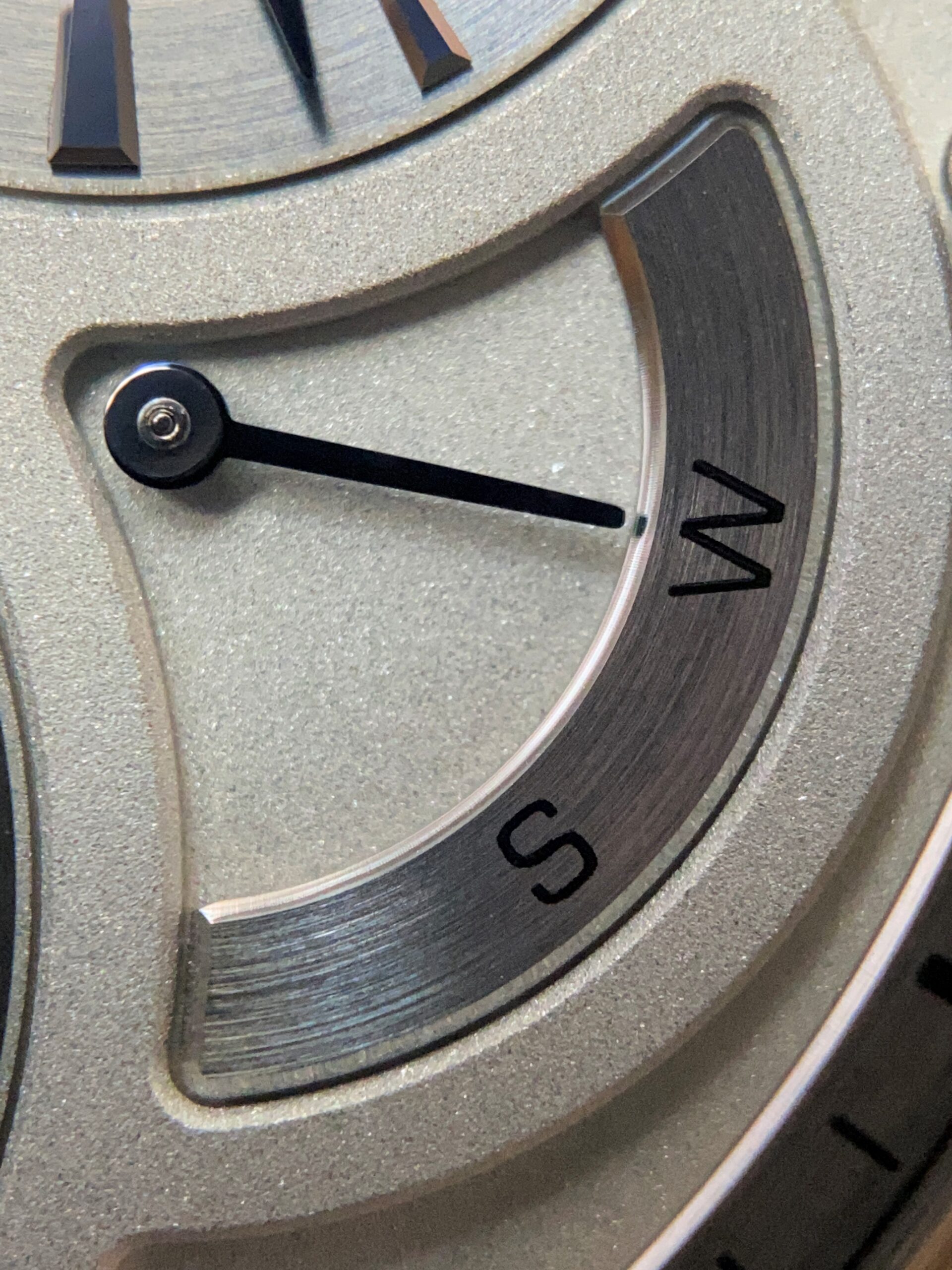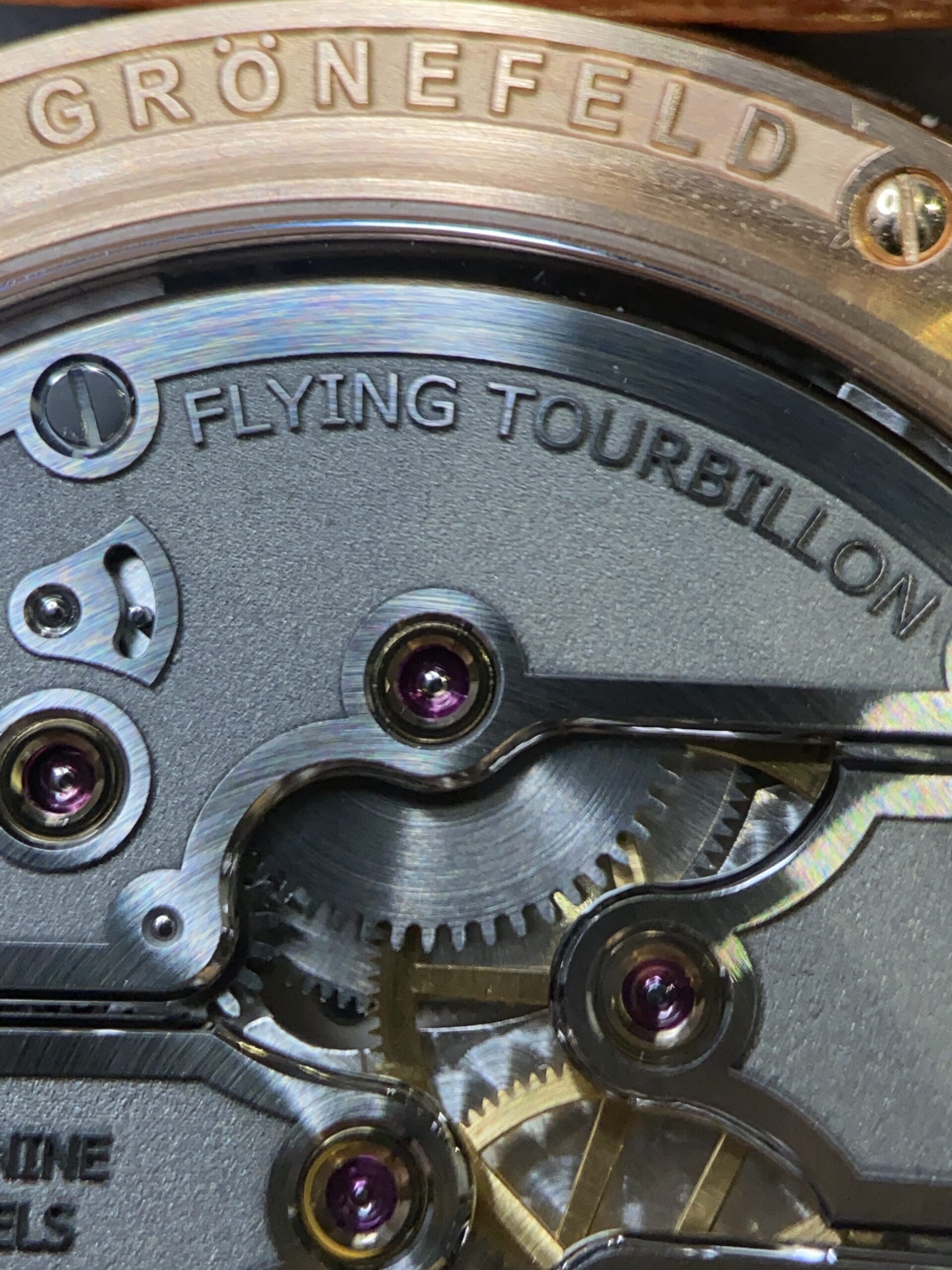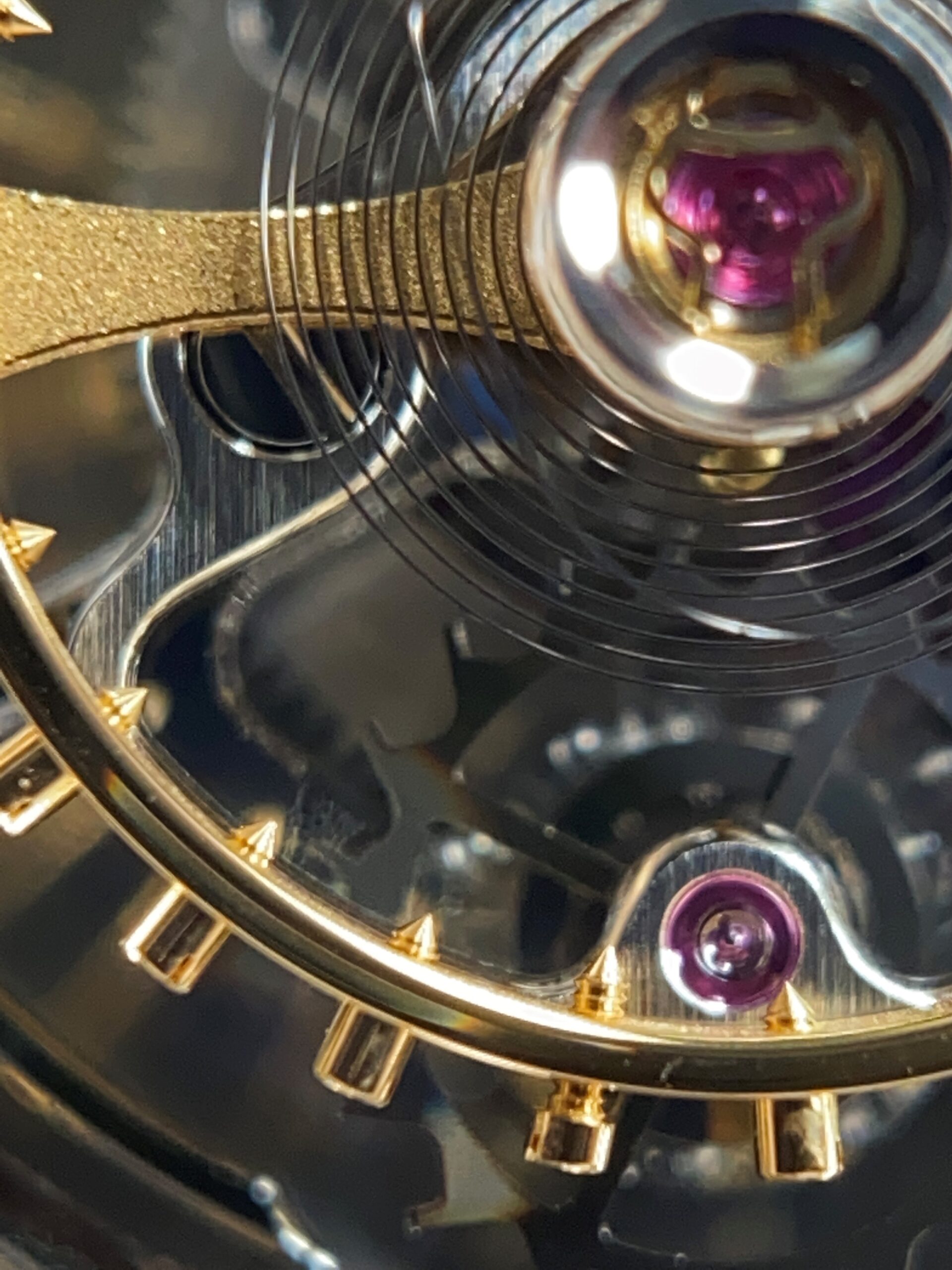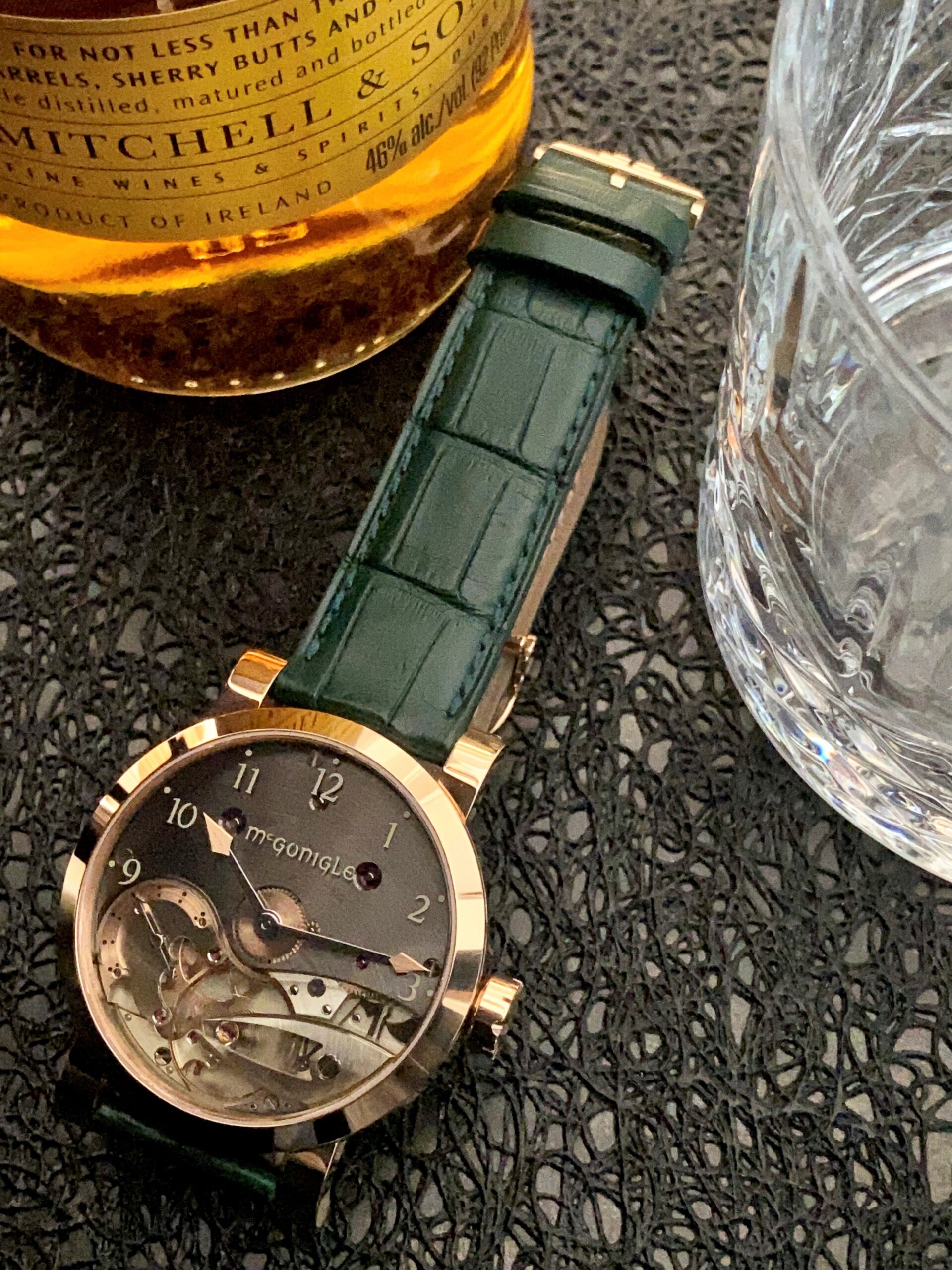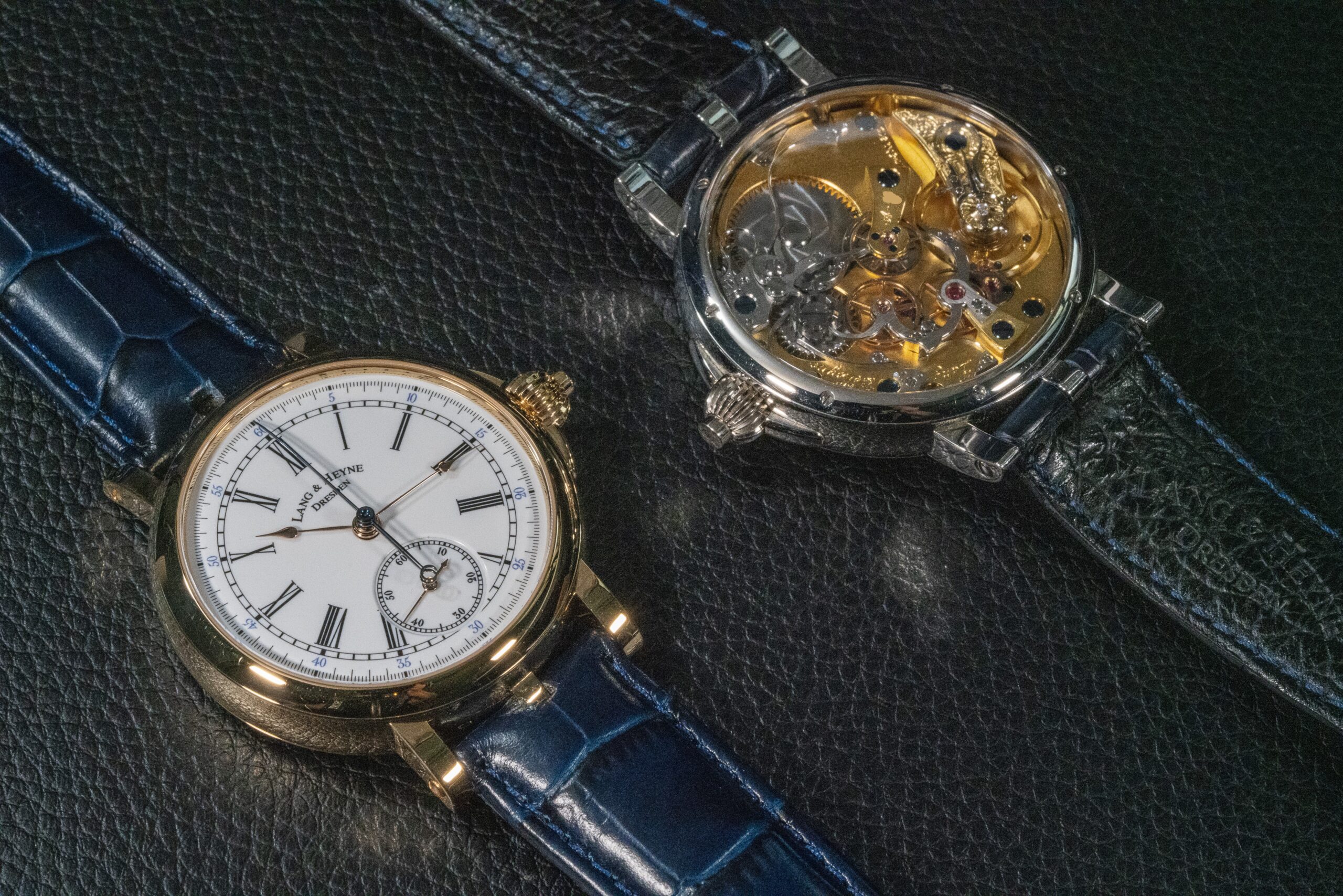My Road to Sailor:

Japan in 1911: The Meiji Era’s Final Years
1911 falls near the end of the Meiji period (1868–1912), a time when Japan had undergone one of the most dramatic transformations in world history. In just a few decades, it had evolved from a feudal society ruled by samurai and shoguns into a modern industrial power.
The government had aggressively pursued Westernization—adopting European legal systems, building railways, establishing a modern military, and encouraging industrialization. But this wasn’t just mimicry. Japan was selectively adapting Western ideas while fiercely preserving its cultural identity.
Urban Life and Social Change
In cities like Hiroshima, life was changing rapidly. The streets buzzed with rickshaws and electric trams, and new Western-style buildings stood beside wooden machiya townhouses. Department stores, newspapers, and public schools were reshaping daily life.
A new middle class was emerging—merchants, engineers, teachers—people who valued education, technology, and refinement. Literacy rates were rising, and with them, the demand for books, newspapers, and writing instruments.
There was a restless energy in the air. A sense that Japan was on the cusp of something great—but also something uncertain. People were proud, curious, anxious, and hopeful. They were navigating a world where kimono and bowler hats coexisted, where samurai values met scientific rationalism, and where the future felt both thrilling and fragile.
So when Kyugoro Sakata received that fountain pen in 1911, it wasn’t just a gift—it was a symbol of the age. A tool of literacy, modernity, and global connection. And founding a pen company in that moment wasn’t just a business decision—it was a cultural act, a way of participating in Japan’s transformation. Over the decades, Sailor has become known for its precision nibs, its dedication to traditional materials like ebonite, and its collaborations with master artisans.
Wabi-Sabi
In Japanese culture, there is a concept so subtle, so profound, that it resists easy translation. Wabi-sabi is not a style—it is a worldview. It is the appreciation of impermanence, imperfection, and the quiet beauty found in things that are weathered, humble, and incomplete. Wabi is the inward, spiritual sense of simplicity and solitude. Sabi is the outward, visual expression of age, wear, and the passage of time. Together, they form a philosophy that honors the natural cycle of growth and decay, of elegance in erosion.
This idea has long resonated with me. I’ve encountered it in Japanese gardens, in a watch I had made, and in the teachings of Zen aesthetics. But I never expected to find it so perfectly embodied in a writing instrument—until I discovered the Sailor Wabi Sabi fountain pen.
In 2021, Sailor released the first edition of the Wabi Sabi fountain pen, a limited series of just 88 pieces per color. These pens were not merely painted—they were layered with urushi lacquer using a technique called Irogasane Sabinuri, developed by renowned urushi artist Wayo Shimamori. The finish is not glossy or uniform. It is textured, organic, and alive with subtle gradients. It looks as though it has aged gracefully, like a stone smoothed by time or a piece of driftwood shaped by the sea.
When I first saw the Wabi Sabi pen, I felt something shift. It wasn’t just admiration—it was recognition. This pen spoke to something I already carried within me: a reverence for the imperfect, the handmade, the quietly enduring.

And then I wrote with it.
I had heard about Sailor’s nibs—how smooth they were, how expressive, how finely tuned. But I hadn’t experienced them for myself. The nib on my Wabi Sabi pen was a revelation. It glided across the page with a softness and precision I hadn’t known I was missing. It felt like writing with thought itself—fluid, responsive, alive.

That first experience opened a door. I began exploring more of Sailor’s offerings and soon found myself drawn to the Ebonite Sculpture Series—a collection of pens inspired by the quiet poetry of the night. Each pen in this series is carved from ebonite and engraved with textures that evoke the atmosphere of late evening.
These pens are not just beautiful—they are meditative. They invite you to pause, to feel, to write with presence. I now own several Sailor pens, each chosen with care, each carrying a piece of this journey. And I know I’m not done.
Sailor, through the Wabi Sabi and beyond, has become more than a penmaker to me. It is a philosophy, a practice, a reminder. That beauty is not always in the flawless. That writing is not just about words. That the hand, the heart, and the tool can become one.
Note – Some images AI generate
